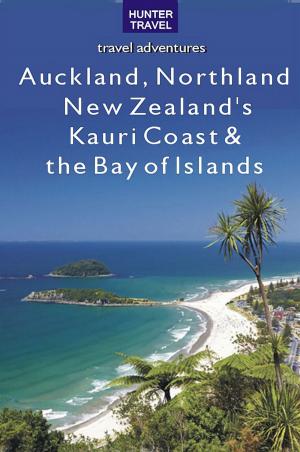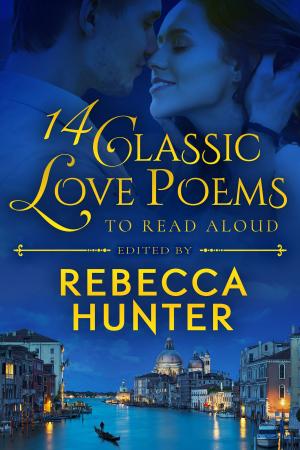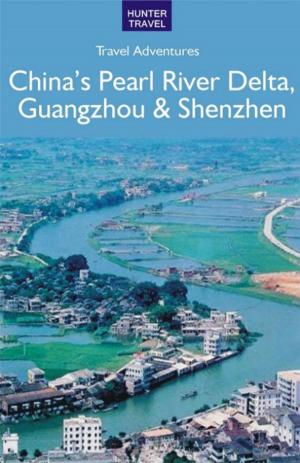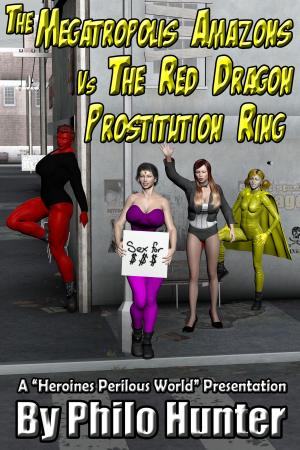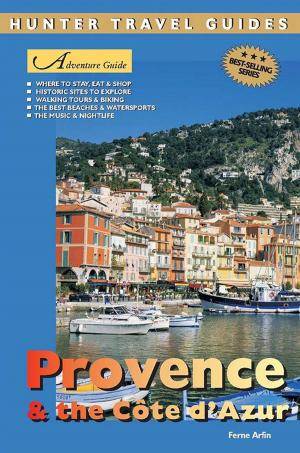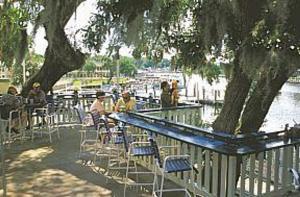| Author: | Emma Jones | ISBN: | 9780935161960 |
| Publisher: | Hunter | Publication: | May 10, 2012 |
| Imprint: | Hunter | Language: | English |
| Author: | Emma Jones |
| ISBN: | 9780935161960 |
| Publisher: | Hunter |
| Publication: | May 10, 2012 |
| Imprint: | Hunter |
| Language: | English |
Most visitors arriving from the hustle and crowds of busy Florence cannot help but fall under the charm of Siena's gracefully winding (and pedestrianized) medieval streets. Laid out on the slopes of three steep hills (the historical terzi or "thirds" of the city), the center of town, geographically and emotionally, is the fan-shaped and gently sloping, redbrick Piazza del Campo, a wonderfully preserved monument to Siena's medieval heyday when merchants, bankers and artists flocked here and some of the city's greatest monuments were constructed. Overlooked by the Palazzo Pubblico and the Torre del Mangia, it is also the site of the famous bareback horserace, Il Palio and a fitting starting point for the exploration of Siena's other major sights. With curved palazzi, brick arches, bustling caffè-terraces and a vast redbrick sloping square that leads the eye and the feet down to the Palazzo Pubblico (the town hall), prepare to be enamored by Siena's Piazza del Campo. For those lucky enough to arrive in season, 2nd July and 16th August (plus four days of pre-race trials) see the outer perimeter of the square fenced off and covered with sand for the famous Palio bareback horserace, a dazzling spectacle of local culture in which 10 of Siena's 17 contrade (neighborhoods) compete to the cries of their impassioned supporters. Built on top of three hills a considerable distance away from the region's main waterways, Siena saw much medieval head scratching when it came to the important question of watering the growing city. Building on existing veins that had survived since Roman and even Etruscan eras, local workmen completed a 16-mile network of underground tunnels and cavities known as the bottini, "little barrels," a vast underground aqueduct that to this day serves the Fonte Gaia and all other city fountains. This remarkable guide goes on to explore Siena's surroundings in detail, including San Gimignano & the Val d'Elsa, the Crete region, Pienza, the Val d'Orcia and Monte Amiata, Montepulciano and the Val di Chiana. All the best places to stay and eat are described, the art and architecture you should not miss, the history and culture, not to mention the walking, biking and hiking tours. Plus color photos throughout.
Most visitors arriving from the hustle and crowds of busy Florence cannot help but fall under the charm of Siena's gracefully winding (and pedestrianized) medieval streets. Laid out on the slopes of three steep hills (the historical terzi or "thirds" of the city), the center of town, geographically and emotionally, is the fan-shaped and gently sloping, redbrick Piazza del Campo, a wonderfully preserved monument to Siena's medieval heyday when merchants, bankers and artists flocked here and some of the city's greatest monuments were constructed. Overlooked by the Palazzo Pubblico and the Torre del Mangia, it is also the site of the famous bareback horserace, Il Palio and a fitting starting point for the exploration of Siena's other major sights. With curved palazzi, brick arches, bustling caffè-terraces and a vast redbrick sloping square that leads the eye and the feet down to the Palazzo Pubblico (the town hall), prepare to be enamored by Siena's Piazza del Campo. For those lucky enough to arrive in season, 2nd July and 16th August (plus four days of pre-race trials) see the outer perimeter of the square fenced off and covered with sand for the famous Palio bareback horserace, a dazzling spectacle of local culture in which 10 of Siena's 17 contrade (neighborhoods) compete to the cries of their impassioned supporters. Built on top of three hills a considerable distance away from the region's main waterways, Siena saw much medieval head scratching when it came to the important question of watering the growing city. Building on existing veins that had survived since Roman and even Etruscan eras, local workmen completed a 16-mile network of underground tunnels and cavities known as the bottini, "little barrels," a vast underground aqueduct that to this day serves the Fonte Gaia and all other city fountains. This remarkable guide goes on to explore Siena's surroundings in detail, including San Gimignano & the Val d'Elsa, the Crete region, Pienza, the Val d'Orcia and Monte Amiata, Montepulciano and the Val di Chiana. All the best places to stay and eat are described, the art and architecture you should not miss, the history and culture, not to mention the walking, biking and hiking tours. Plus color photos throughout.


